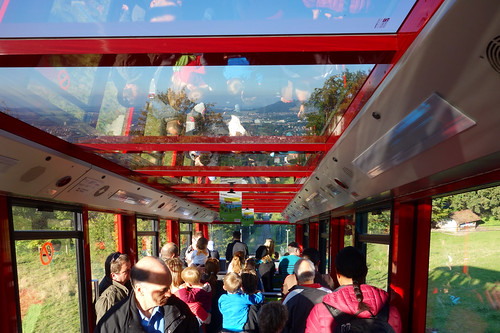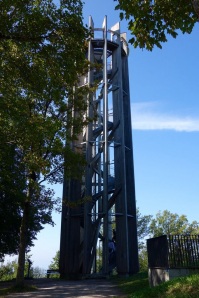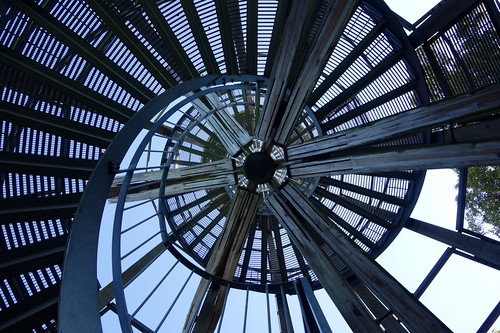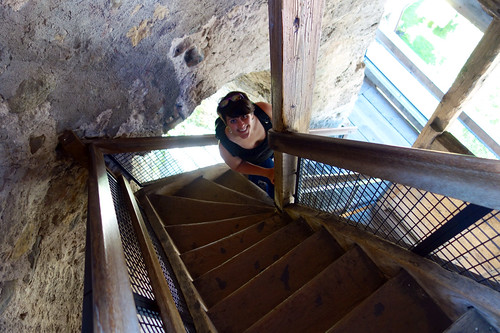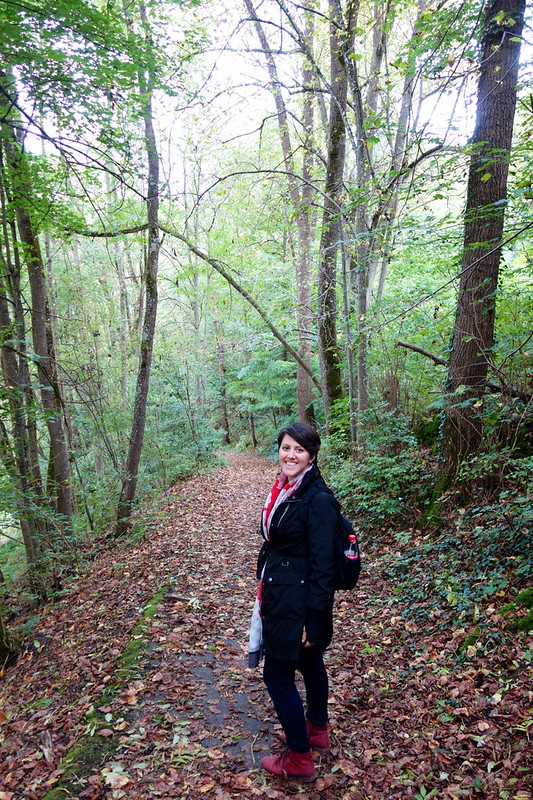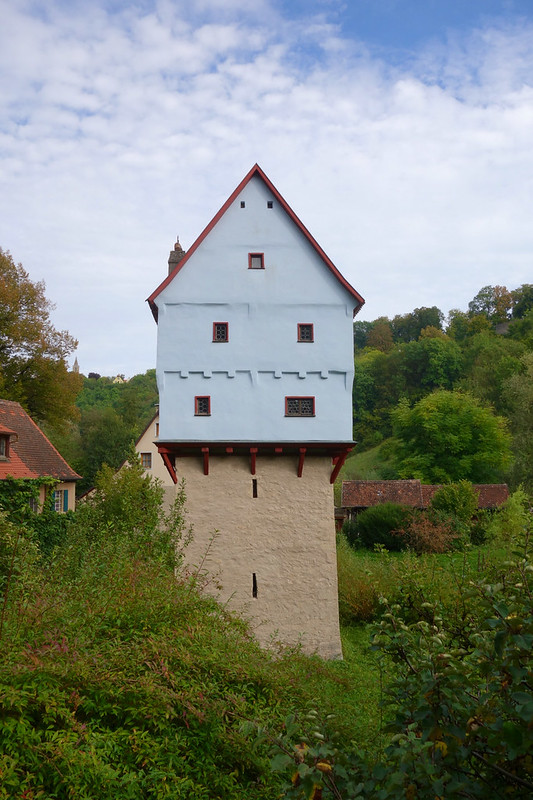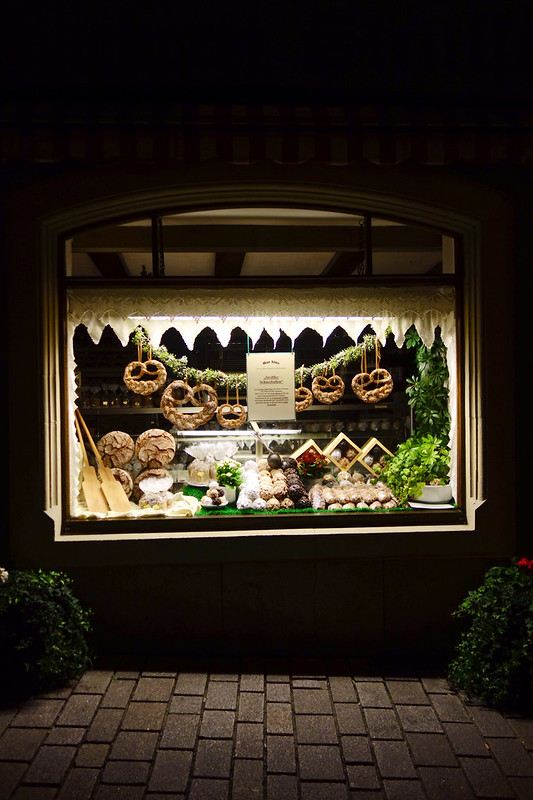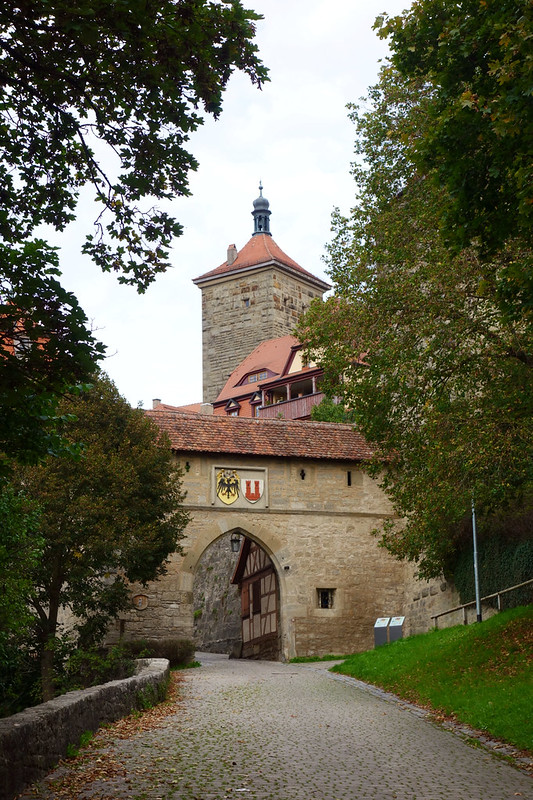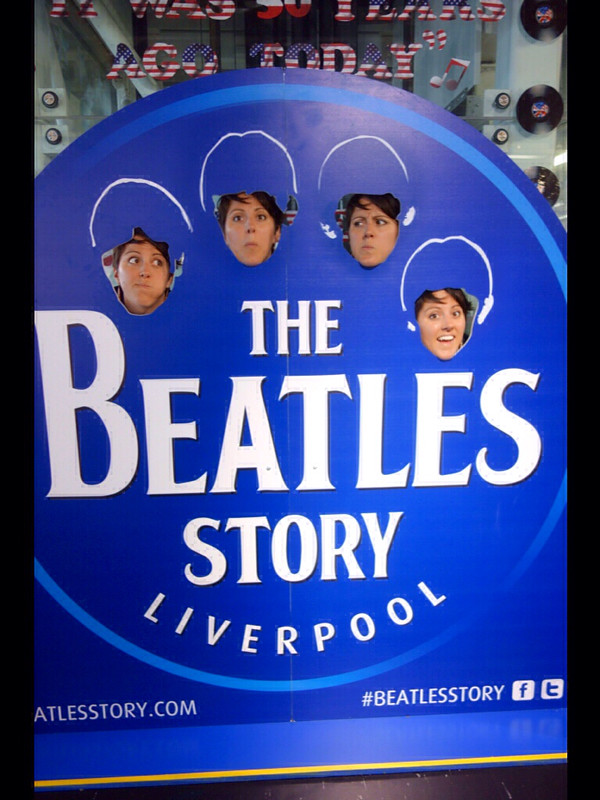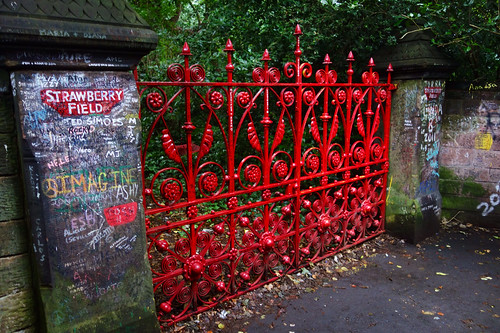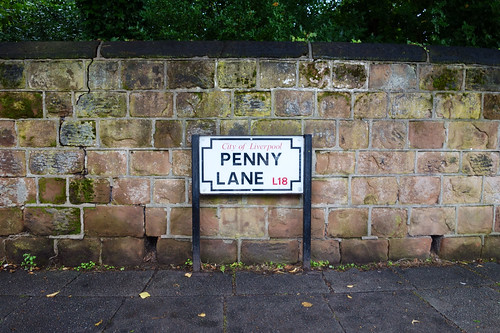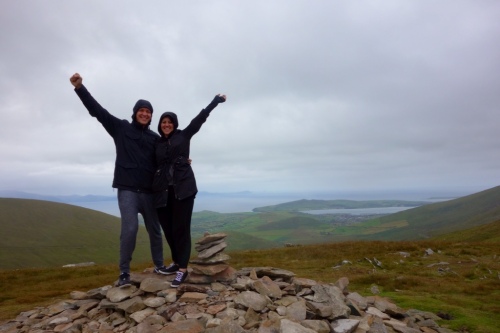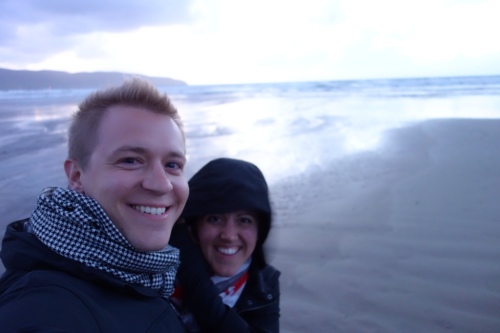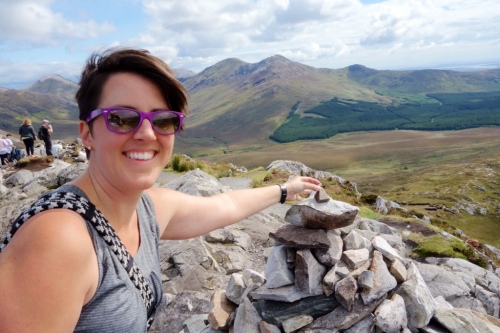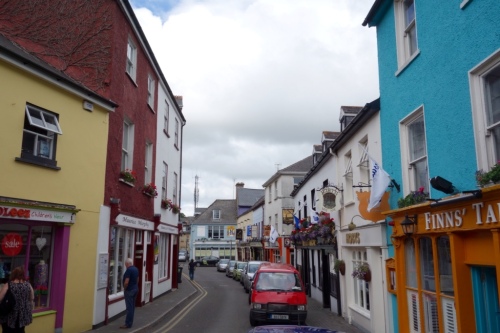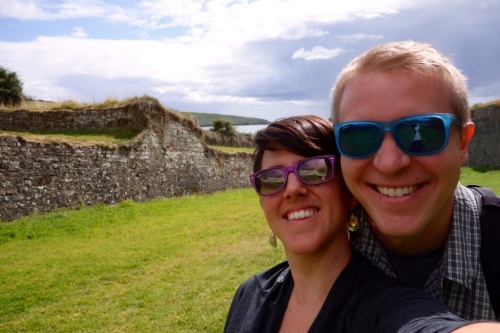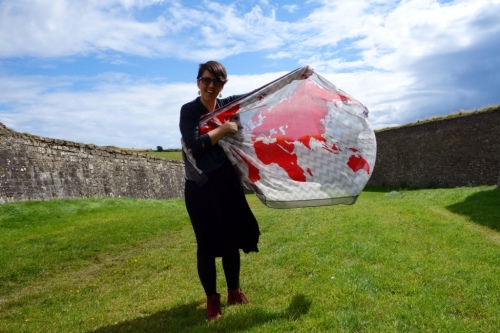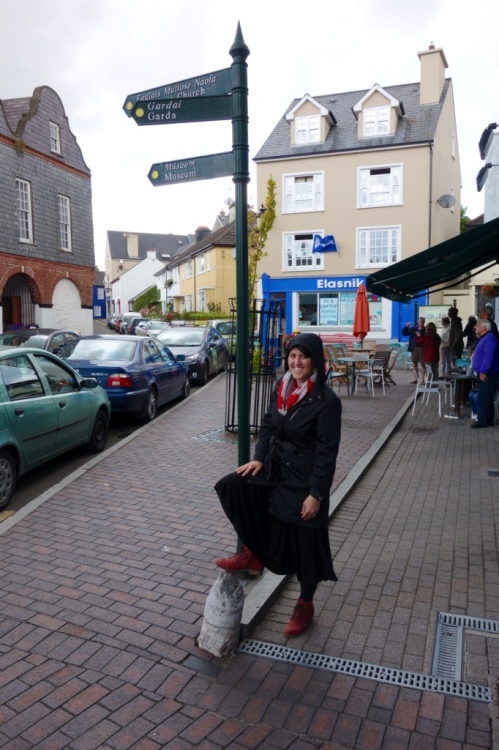As we were traveling from southern Spain en route to Italia, we planned a short layover in Arles, France. What is in Arles, you ask? I had no idea, really, except that I read there was an ancient Roman arena, and Van Gogh spent extensive time there. Well, I was pleasantly surprised by this beautiful little city. This post focuses on the Van Gogh aspect of the town.
This is a very artistic town with several art museums, including one dedicated to Van Gogh. Unfortunately, we didn’t make it into any of the museums because it was a bang-bang two night stay, but we made sure we did The Van Gogh Trail. Van Gogh spent much time in Arles, which is the town where he happened to cut off part of his ear and home of the mental institution in which he was treated. During his time here, he painted at least one painting every day. The Van Gogh Trail takes you on a walking journey through the city to see the spot where he laid his easel and painted some of his notable works. A handy brochure is available at the tourist office, which contains a map and a list of the works. It also assists the sidewalk markers considerably, which were great but a little far and in between at times. Each location is marked with a lectern-style signage with an image and short background of the painting.
- Arles through the eyes of Vincent Van Gogh.
- The Van Gogh walking route follows the yellow numbers.
- The walking route markers.
Our first stop was at the location of probably his most famous Arles work, Le Cafe Le Soir. The city did a great job preserving the appearance of the building in the painting – the original wall and awning were not yellow, that’s just how Van Gogh saw the lighting from the cafe. It’s also a bit ironic that Vincent was actually sitting at the cafe across the tiny alley while he painted this scene, but the yellow cafe was able to cash-in on the tourist value (we were told to avoid it, so we did).
- Le Cafe “Le Soir” (Cafe Terrace at Night)
- The building was painted yellow to maintain the imagery of the painting.
- My super-filtered digital rendition.
We did the rest of the tour on our own route and schedule, plus I’ve reordered the images for formatting purposes, but we were able to hit 9/10 spots. We were told the bridge at number 10 no longer exists so we didn’t bother trekking over there.
The public garden had two entrances that we thought were possible influences on this painting. The central entry is the “official” entry with the signage, but I thought the east entry was more representative of the painting. The central entry has benches and the curved right-hand stone wall, but the east entry had much more accurate trees (conifers on either side, and the central tree near the sidewalk split) – maybe Van Gogh sat at both entries to draw his inspiration?
- Le jardin public (The Public Garden)
- The central entry south of the amphitheater.
- The east entry.
We walked along the river to this location during the day, and found a big tour boat blocking the view. I snapped a picture and said I would come back later at night. Well, I did, but the boat was still there. Stupid boat.
- La nuit étoilée (Starry Night Over the Rhone)
- The daytime view. Stupid boat.
The mental institution where Van Gogh stayed after his ear incident was in the center of town. The public is able to access the appropriately named public garden, which is flanked by two gift-shops, which are directly behind the camera. Van Gogh must have been on the balcony, which unfortunately we were not able to access (we tried).
- Le Jardin de La Maison de Sante (The Garden of the Mental Institution)
- The same view but not from the balcony.
The Roman arena still holds events today, and Van Gogh attended one as he rendered this painting. I can’t say for sure it’s the same spot because there wasn’t a lectern at this location, but it’s the same arena and a pretty darn close perspective.
- Les arenes (The Arenas)
- The same modern-day spot.
We actually walked by the yellow house on our way from the train station upon our arrival without realizing, but we soon found it again on the walking tour. The yellow house is no longer there but the building behind is nearly exactly the same.
- La maison jaune (The Yellow House)
- No more yellow house.
The bridge is still there but not with the same overhead structure. My favorite part of this location is comparing the baby tree in the painting to the fully grown tree today.
- L’escalier du pont de Trinquetaille (The Staircase from Trinquetaille Bridge)
- Same spot, different bridge.
This location was the first that we actually weren’t able to access – you had to pay an admission fee to the Alyscamps. It was a very small fee (3 euros, I think), but it was getting late in the day and we had several pieces of art to go, so we took a shot from the entry as far as I could muster away from the front gate attendant without getting in trouble. However, you can see the same white stone arch that Van Gogh painted while he sat just inside the park to the right.
- Les Alyscamps (The Alyscamps)
- The view from the entry.
This location was probably the most disappointing because it didn’t do the painting justice. We made our way to the east part of town across the train tracks and were in search of the lectern. The sidewalk markers stopped after the bridge, and we were lost searching for the location of that old easel. After circling the block several times, checking the map countless times, and draining the battery on our phones, the closest thing we could find to the old mill was this house. The house is a different proportion and there’s no more creak, but the off-centered gable roof, chimney, single window, and small canopy convinced me this must be it.
- Le vieux Moulin (The Old Mill)
- The closest thing to the mill we could find.
That concludes our tour of Van Gogh. This was definitely one of my favorite things to do on our entire trip, being able to sit in the exact same spot looking at the same backdrops one of the most influential artists ever thought was inspiring enough to paint. Beauty truly can be anywhere, so it’s no wonder Van Gogh spent so much time in the beautiful city of Arles.































































